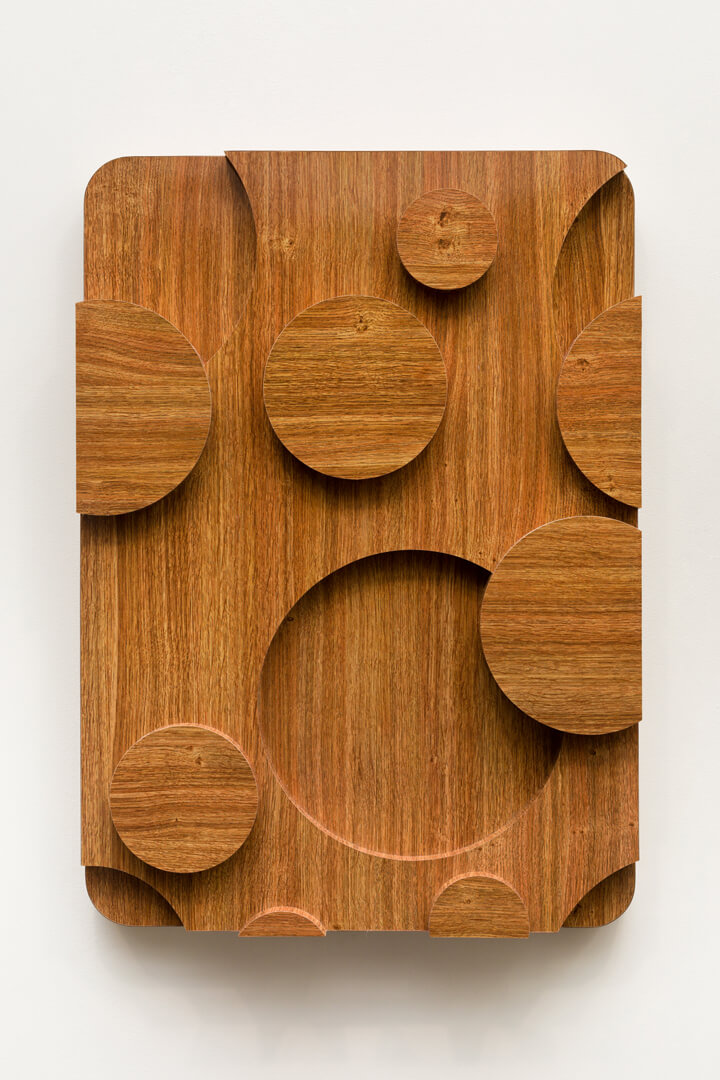Western visual traditions of framing and cropping images have been altered in the digital age: we are hand-held with smartphones with vertical screens, which have conditioned us not only to view images in this format, but also to produce and understand them in verticality. We consume content and advertising made especially for this new portable format; we make photos and videos considering this verticality. Media in horizontal format are consumed at rest, on TVs, projectors, computer monitors or even cell phones in the “rest position”, establishing a hierarchy that what is vertical is transitory and temporary, and what is horizontal is long-lived and most importantly, worthy of permanence. The terms “landscape” and “portrait” are usually used synonymously with “horizontal” and “vertical”, respectively, referring to a generalization of these types of easel painting since the 14th century, where most works that reproduced landscapes established if horizontally, and those that represented portraits, vertically. It is as if verticality, the portrait and the human being occupy places of activity, while horizontality, the landscape and nature belong to rest.
Daniel Acosta (1965 – Rio Grande, RS), based on the principle of ambiguity, decides to exhibit a series of sculptural objects that present vertical landscapes, investigating possibilities of working with the theme of landscape in contemporary times without an automatic magnetism for the horizontal format. There is, already in that sentence, a conflicting constellation of images, concepts and ideas that clash and complement each other at first sight. These works do not fully meet the specifications of what is traditionally expected when referring to an object or a sculpture, inhabiting this “between-platforms” and being called “sculptural objects”. Provocatively, the plans are exposed and affixed to the wall, close to the conventional exhibition of paintings – here, the woody finish around the works does not refer directly to the tradition of the frame, although it bears some resemblance to it; but it aims to give a more accentuated depth to those planes in which Acosta’s portable landscapes reside, ironically contoured by an artificial material that simulates wood. The irony continues when the objective is to represent natural and wild landscapes in highly technological and synthetic techniques and materials, such as formica, MDF and laser cutting, questioning the boundary fields between the notions of nature and artificiality.
For decades, Acosta has proposed these natural cutouts that can be transported, as well as in Islamic traditions, where rugs worked as portable gardens that could be taken anywhere, in order to maintain a relationship of veneration for the care of nature through gardening. The artist then revisits, in the History of Art, the theme of the representation of landscapes in painting, engraving and photography, usually melancholic and impregnated with a certain bucolism. When looking at these portable landscapes, instead of escaping the urban world – in the Latin sense of ‘fugere urbem’ – we are reinserted in the artificiality imprinted by the human being on the landscape.
When thinking about space and portraying its forests and natural landscapes in synthetic materials, Acosta encourages the questioning of human interference in the natural environment, reiterating that the very notion of naturalness is artificial. After all, should human interventions in the environment be considered natural, insofar as human beings – being a member of an ecosystem – shape the space to their needs, as proposed by Paulo Mendes da Rocha (1928-2021)? Would artificiality be inherent to human production and its vision of nature? Raising questions and provoking pulverized responses, Acosta suggests that hostility is not found in the savagery of forests, but in the aggressive thinking of contemporary society and in its predatory dynamics of production and occupation of space. In the works “Landscape of evasion (light green)” (2021) and “Freestandupforest” (2010), green masses of leaves that crown treetops become colored vector planes, converted to a technological language so that machines – perhaps – could replicate them unrestrictedly and unsustainably.
In the series “Vertical Combinatorial Landscape”, the artist presents several chromatic combinations based on the same design – shapes composed of straight lines and semicircles, which can be read as clouds, water or lava flows, patches of soil, grassy fields, etc. They stem from a consistent research that Acosta develops on representations of landscapes in oriental arts, mainly Japanese paintings on fabric and paper in the Edo period – it is worth highlighting the works of Itō Jakuchū (1716-1800), Katsushika Hokusai (1760-1849) and Utagawa Hiroshige (1797-1858).
On the subject, Acosta highlights two important characteristics of these Japanese paintings incorporated into his series: the perspective and verticality of the planes. The first deals with the oriental representation of landscape space, made from a verticality that extends the ground plane and that does not obey the same principles of conical perspective – a Florentine technique developed in the 15th century and perpetuated to the present day in Western art – accentuated by Acosta when making the landscapes in these millimetrically flat sculptural planes. The second emphasizes the preference for vertical planes when representing these landscapes, which, when they needed more horizontality, were composed of several aligned vertical planes, as in the folding screens (byōbu), in the translucent paper doors (shoji) and in the logic of application of wallpapers – vertical elements that, when juxtaposed, result in a horizontal composition.
In the Brazilian art scene, the works are connected with the formica works of Carlos Fajardo (b. 1941), especially with the works “Hora tonal” and “Hora da Chuva”, both from 1971, in which the artist elaborates two landscapes – horizontal – with the same composition of shapes, but with differences in the choice of colors of the manually inlaid pieces.
A notion of landscape portability in contemporary Brazilian art similar to that of Acosta can be exemplified through the series of paintings with acrylic paint on canvas called “Montanhas do Rio” [“River Mountains”], by the Rio de Janeiro artist Wanda Pimentel (1943-2019), produced in the 1980s. Pimentel represents, from lines and planes in solid colors, in perspectives with a single vanishing point, landscapes of Rio de Janeiro framed by window frames, sometimes open, sometimes closed. They are, at their core, portable landscapes, mimicking the opening of windows and the presentation of landscapes when affixed to the wall. In this series, Pimentel proposes that his affective landscapes can be presented, transported with them or displayed anywhere that presents another – or no – landscape. In addition to this intention, Acosta (re) presents portability as a human technology.
In “Topocampo (vertical)” and “Topocampo (square)”, these landscapes are seen from above, as topographic fields in which the line is no longer, but the horizon plane is presented in a complex way, with successive nuclei of slopes and slopes. The coast proposes the representation of the territory, the landscape and the volumetry of the land in an ambiguous way: at the same time which are configured as diagrams of territory, are not (only) representations of space, but spatial/sculptural objects in themselves. We have, then, two confronting visions, but that complement each other in the artist’s work: they can be approached as representations of nature, in a mimetic and referential aspect, but they can also be read as immanent, in which the object is sufficient in itself, not needing indispensably from something else to which it refers. This hybrid discussion that Acosta deals with, which refers both to the duality between reference and immanence, and to the classification of the work as “sculpture” or “object”, is similar in nature to the questions raised by Méret Oppenhein (1913-1985) in “Object (Le Déjeuner en fourrure)” (1936).
Acosta’s work warns us that we are increasingly moving away from realizing that the communicative, linguistic and representational devices used by human beings are technologies of very high sophistication, in addition to being extremely diverse in the plurality of cultural fans – the canonical anthropological duality between nature and culture becomes a hybrid amalgam, where these two agents come together. Thinking about these hyperflows in contemporary art allows the deceleration of generalizing dynamics and the attentive observation of their functioning, with critical points that jump to the eye and that aim to be debated by the artist. Based on this set of works, Acosta allows us to rethink the notions of nature and landscape and escape the representational ties facing the horizon: let us remember that the representation of nature by human beings is, therefore, a meta-illusion.

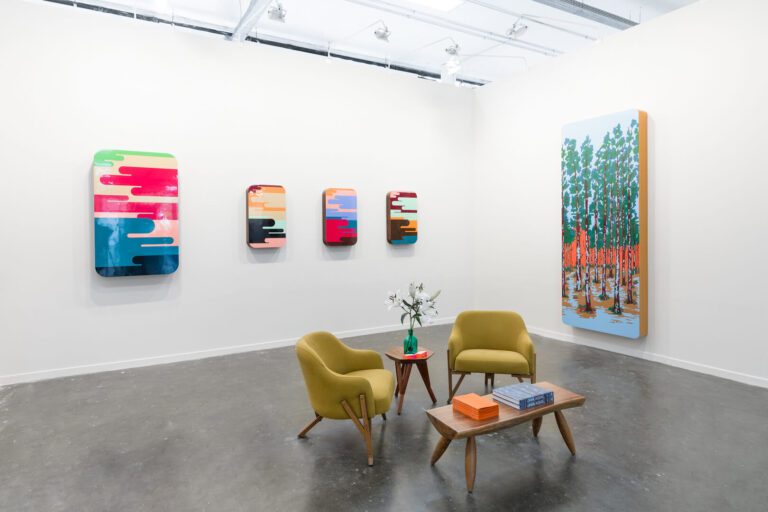
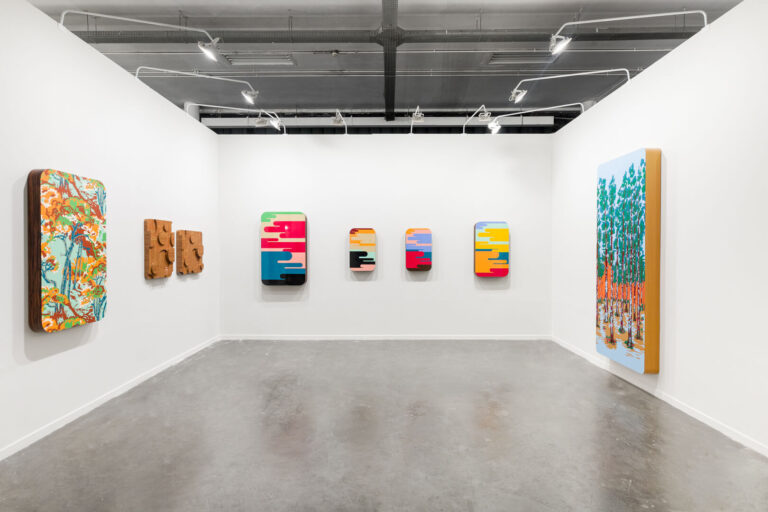
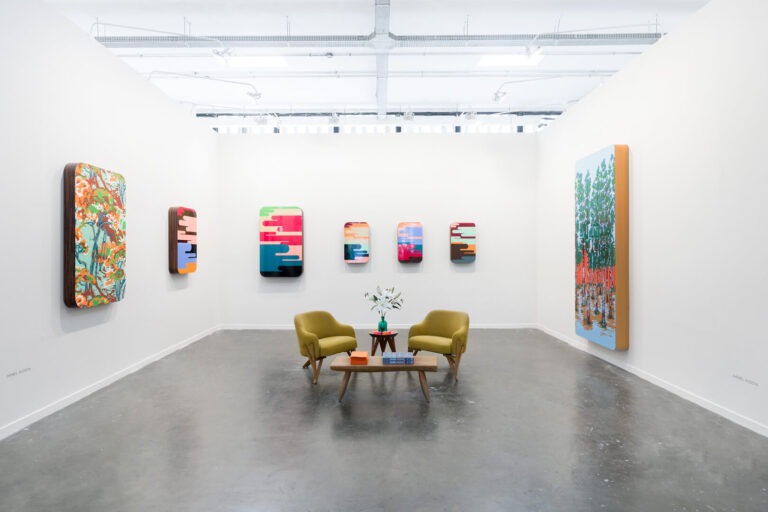
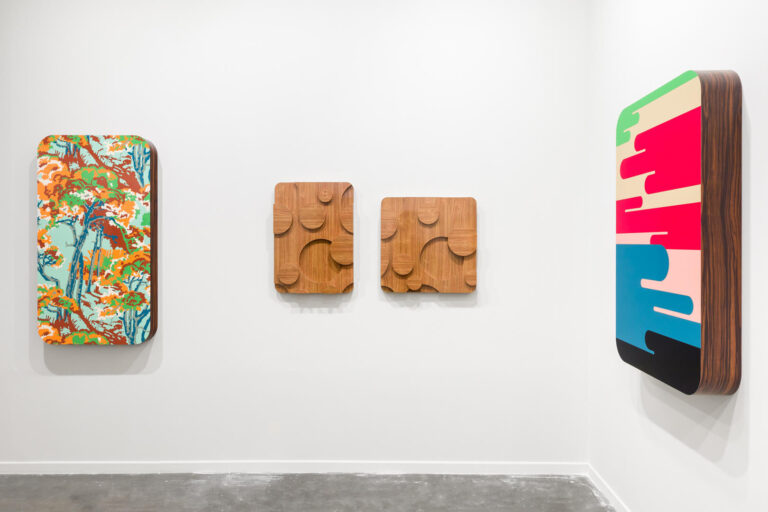
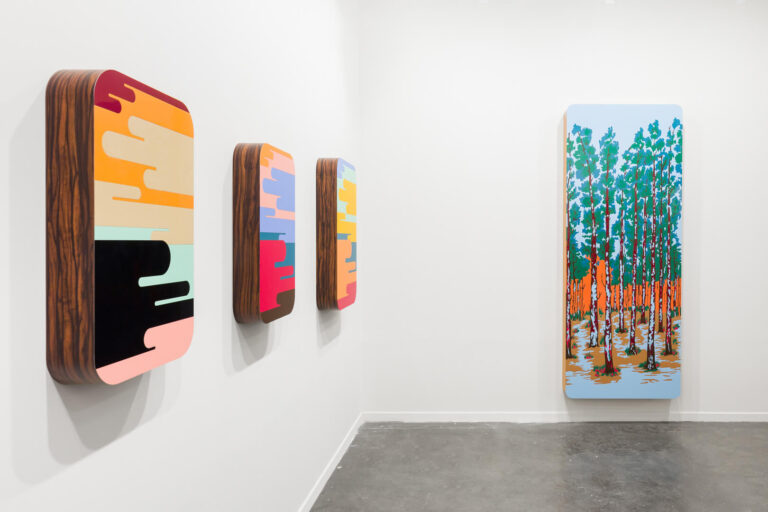
![Paisagem Combinatória Vertical (série) [Vertical Combinatorial Landscape (series)]](https://www.vervegaleria.com/wp-content/uploads/2022/05/vista01-768x512.jpg)
![Paisagem Combinatória Vertical P3 [Vertical Combinatorial Landscape P3]](https://www.vervegaleria.com/wp-content/uploads/2022/05/220330_verve_025-2.jpg)
![Paisagem de evasão (verde claro) [Evasion landscape (light green)]](https://www.vervegaleria.com/wp-content/uploads/2022/05/220330_verve_011.jpg)
